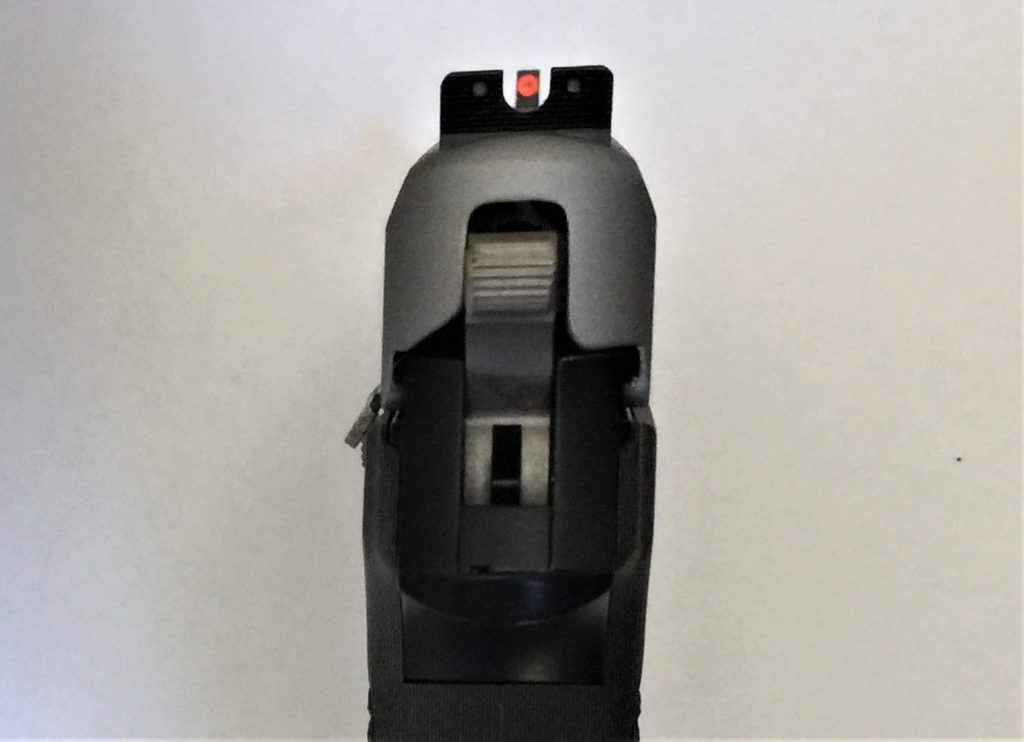
I have heard it said many times that when it comes to negligent discharges (NDs-there are no “accidents” with an inanimate object under our control), there are two types of gun owners. Those who have had one, and those who haven’t had one…yet.
I can’t quite completely subscribe to this fatalistic point of view, however, it does serve as a sobering reminder that no matter how experienced, we can all screw up. Here are a few tips to make sure you don’t have an ND, or if you do, it doesn’t harm someone.
Let’s start with a quick review of the 4 Rules:
- All guns are always loaded (or, always treat every gun as loaded). 2. Never point at anything you are not willing to destroy (whether you “think” it’s loaded or not). 3. Keep your finger off the trigger until ready to fire. 4. Know your target and what is beyond it (bullets will go through more stuff than you think).
With that out of the way, there are 2 circumstances where we may have an ND. The first (and most common) is during administrative handling. The common refrain heard after the BANG! is “I thought it wasn’t loaded. Well, see rules #1 and #3. Hopefully, #2 and #4 kept anyone from being injured.
Complacency is the biggest reason for NDs, not a lack of knowledge. Always take the time to do admin loading/unloading functions in a deliberate manner. DO NOT rush through it by rote or worst of all, do silly stuff like try to catch the ejected round in the air to look cool. I saw a security contractor do that right next to me coming into the main gate at the Baghdad Airport…he caught the round, looked cool, then dumped one into the clearing barrel and then almost got fired from a lucrative gig. Me, I deliberately cleared my pistol, my rifle, my driver’s pistol and his MP5 in about 30s by ejecting the magazines, clearing the chambers, and carrying on with my day.
The second situation where we can have an ND is under high stress. Lots of studies have been done of LE officers in training scenarios as well as anecdotal events of LE officers having NDs while holding suspects at gunpoint. Under high stress, our subconscious views the trigger as “safety” and our finger tends to get pulled to it even if we mean to have it up on the frame. This tends to happen and we are unaware of it (again under high stress). Officers swear they had their finger off the trigger and are shocked to see the video. I’ve had it happen to me in training as well, my finger went to the trigger and the instructor pointed it out, I didn’t realize it at the time it happened.
How do we combat this tendency? First is the old-school solution. Thousands of repetitions and practice of indexing your trigger finger along the frame to build unconscious competence at that task. Secondly, high stress training such as force on force scenarios where you will have instructor and/or video feedback.
A study was conducted of 308 negligent discharges in law enforcement. 75% of them happened during admin activities, loading, unloading, cleaning etc. 25% happened in high stress situations and 1/5th of those resulted in injury or death.
Many of the high stress NDs were due to the “startle response,” that is reacting to a loud noise by convulsing the hands into a fist or clenching the fingers. This is why finger up on the frame is critical, not just off the trigger. You don’t want your trigger finger to convulse into the trigger if you are startled.
Training tips from the study: (Bold comments added by me)
1) To help counter the startle response, “officers may benefit from exposure to high-stress training scenarios that incorporate unexpected and intense auditory, visual, and [physical] stimuli,” O’Neill writes. -Force on Force Training!
2) When handling firearms for routine tasks, such as dry-firing or disassembly, “a critical step is making certain that ammunition is not in the chamber.” –Remove the source of ammunition (magazine), then clear the chamber…IN THAT ORDER!
3) Maintaining finger indexing away from the trigger until intentional shooting is imminent is also critical. Unfortunately, “routine range practice may facilitate a strong-but-wrong response by conditioning officers to automatically position the finger on the trigger immediately after the firearm is drawn,”
http://www.forcescience.org/articles/udf.pdf
Stay safe…and keep your finger off that trigger unless & until you want a loud bang!

